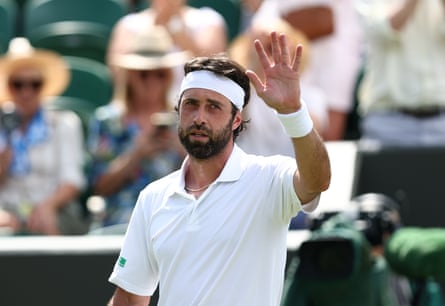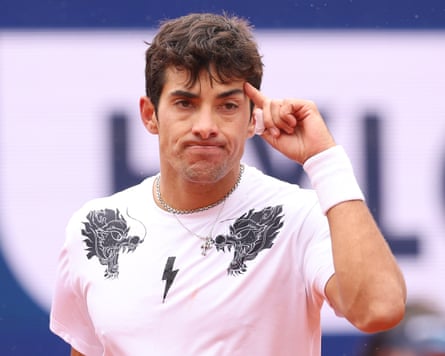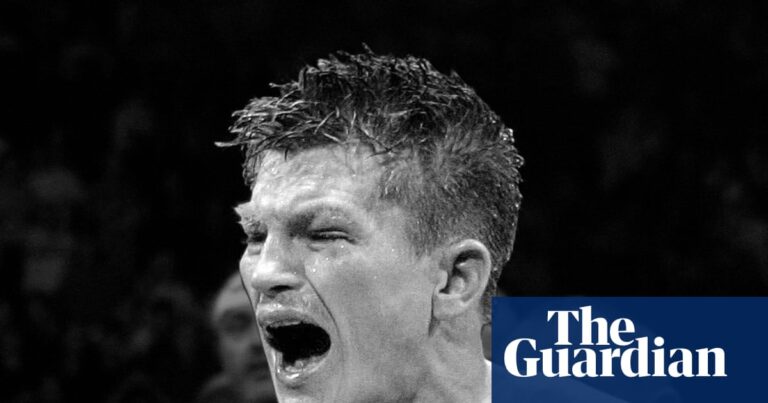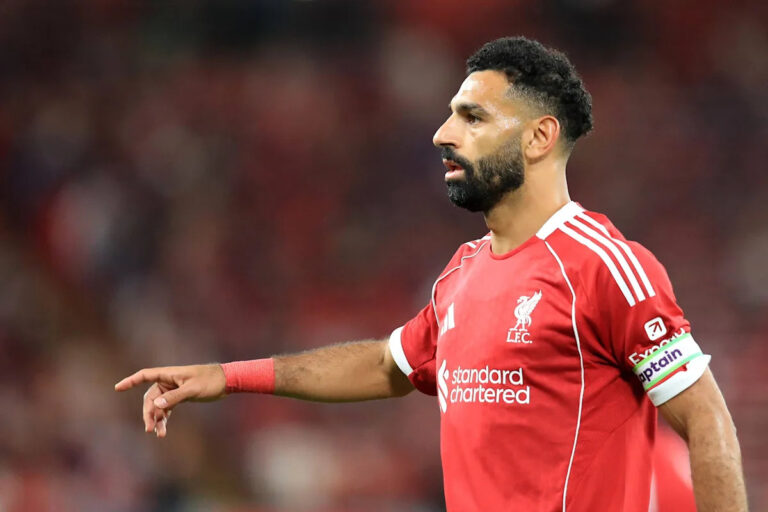
Less than a year after exiting the 2022 Wimbledon quarter-final on the All England Club’s pristine No 1 Court, Cristian Garín found himself 10,000 miles away on a hard court on the Pacific island of Nouméa, New Caledonia.
The Chilean, who had a career-high ranking of world No 17, had signed up for an ATP Challenger event, tennis’s second-tier tour, mostly attracting players outside the top 100, after a wrist injury forced him to miss two ATP Masters 1000 events. By January 2023, Garín sat at a precarious No 82.

“These players are playing in front of a man and his dog in the middle of nowhere. It’s really tough from a psychological perspective.”
When the Serbian professional Dusan Lajovic first started on tour, he relished the new experiences of travelling to far-flung countries. But his youthful exuberance quickly wore off after years of gruelling 11-month schedules. In 2023, he revealed his battles with depression and anxiety.
Lajovic, once ranked 23rd in the world and now aged 35, says: “It’s not just forehands and backhands, it’s how much can you suffer? How much can you travel? How much can you sleep in different beds every week? We take almost as many flights as pilots. It’s a lonely sport.
“When you’re hitting 30, you’re trying to nest somewhere, start a family. But tennis doesn’t allow you that. It’s not just saying, OK, this is for me, I’m going to be strong, because you’re going hit walls. It takes a toll on your body, your mental health.”
Players dedicate their entire lives to the sport. Japan’s Taro Daniel would know, having moved across the globe to Spain when he was 14. “To put into perspective, it’s 20 years more dedication than a doctor to be here,” the 32-year‑old says, chuckling. “And even then, 90% of people don’t make it.”

“I wanted to quit after my injury because I was very burned out for many years,” he says. “You are mostly alone and you don’t really have a lot of friends to talk to. I don’t know if there is any other sport like this, to take a flight on the same day you play a match and then next week you are in another city. But then I decided to look at tennis in a different way, to enjoy it a little bit more.”
As a former world No 16 with more than $9m in career earnings, Basilashvili could afford the short-term hit. Others, like India’s Sumit Nagal, once reduced to a mere €900 in his bank account, do not enjoy the same luxury. “All I can say is you need to keep on playing, keep on winning. That’s how it is,” the world No 302 says.
Most persist to fuel their love for the sport. For Nicolás Jarry, a former world No 16 who dropped out of the top 100 while battling vestibular neuritis – an ear condition affecting his balance and vision – tennis serves an additional purpose; as his form of self expression.
“I was born the oldest child, so I follow a lot of rules,” he says. “When somebody tells me to do A, and it’s not going to kill me, I will do A, even if I think B. Now, I follow my instincts. It motivates me to see how far I can go following my gut.”




